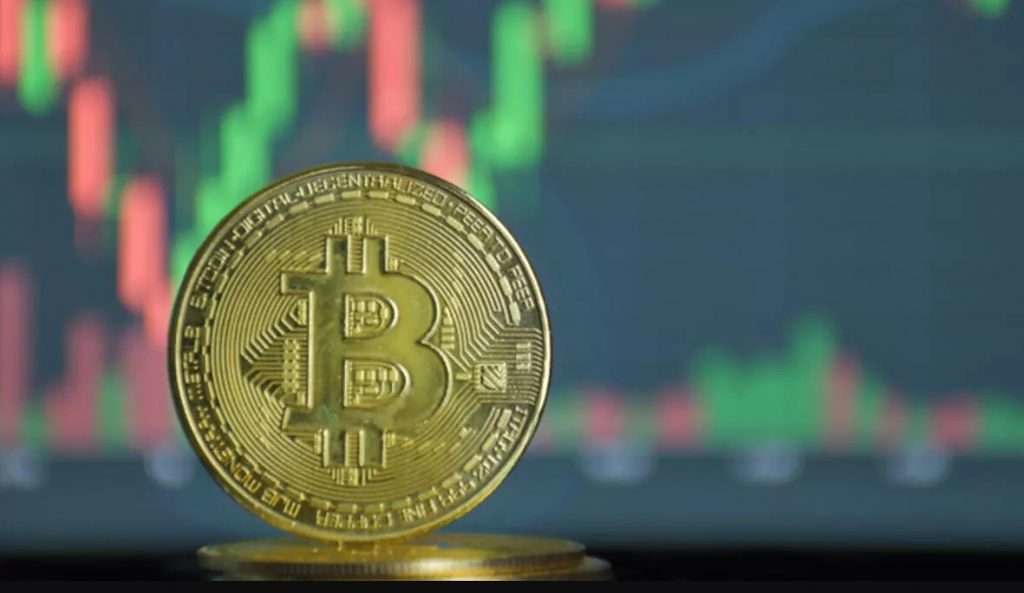
The Mazars report, which reveals that Binance’s client bitcoin (BTC) reserves are overcollateralized, was made available to the public on Wednesday by Binance, the largest crypto exchange in the world by trading volume.
Auditing Company Mazars has come to the same conclusion as Binance when assessing how much BTC they are holding. There are enough Bitcoins and WBTCs in reserve to cover any possible losses on November 22 at 23:59 UTC.
In a statement, Mazars noted that at the time of the assessment, Binance’s control over in-scope assets exceeded 100% of all platform liabilities. The exact ratio was 101%.
However, customers would be assured by the report that Binance was in control of their bitcoin (BTC) assets and that they were collateralized and present on the blockchain.
In order to conduct a collateralization study, Mazars obtained a snapshot of Binance’s entire reserves and liabilities on November 22.
Mazars conducted a collateralization study on Binance’s overall reserves and liabilities. Customers’ spot, options, margin, futures, financing, loan, and earn accounts.
Moreover, bitcoin (BTC) and wrapped bitcoin (BBTC and BTCB) stored on the blockchains of bitcoin, Ethereum, the BNB chain, and the Binance smart chain were included as assets.
Binance Focus On Bitcoin Reserves
Following the failure of FTX, Binance has already started a proof-of-reserves website to reassure its users. According to Mazars, today’s audit only provided further evidence that they don’t seem to be lying.
As usual, there are a few limitations with these proof of reserves exercises. The biggest caveat is that Binance has focused solely on bitcoin assets so far. If you hold other cryptocurrency assets, this system does not apply to them at this time.
Furthermore, to compile all individual user accounts and produce a cryptographic seal, Binance deploys a Merkle tree.
In addition, the user balances for the Spot, Funding, Margin, Futures, Earn, and Options Wallet products are covered by this Merkle tree.
As per data from Binance, its users possessed 575,742.4228 BTC in total ($9.7 billion at the current exchange rate), and the company has enough BTC and wrapped BTC to cover 101% of these assets.
So that Mazars could independently confirm what the crypto exchange was claiming, it next got in touch with the accounting company.
When all factors are considered, Mazars and Binance arrive at the same conclusion regarding BTC reserves. In terms of transparency, this is a positive move.
Rivals are rushing to increase the transparency of their financial reserves in response to the collapse of the centralized crypto exchange FTX due to liquidity problems.
Customers were supposed to feel secure knowing their bitcoin was collateralized, recorded on the blockchain, and under Binance’s management, as stated in the Mazars report.








